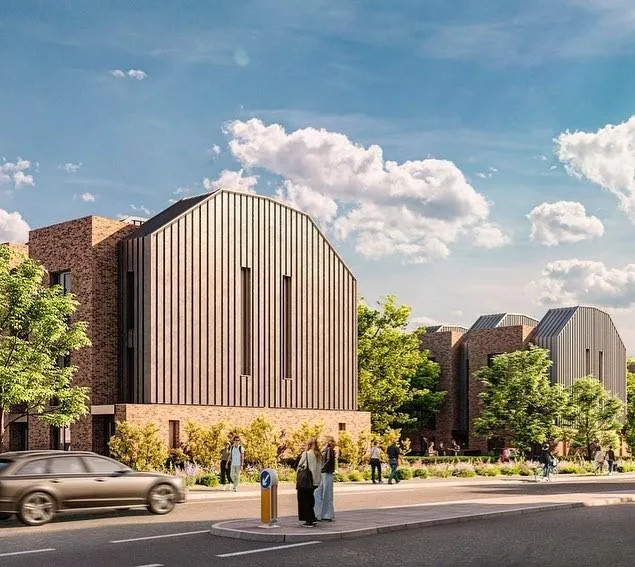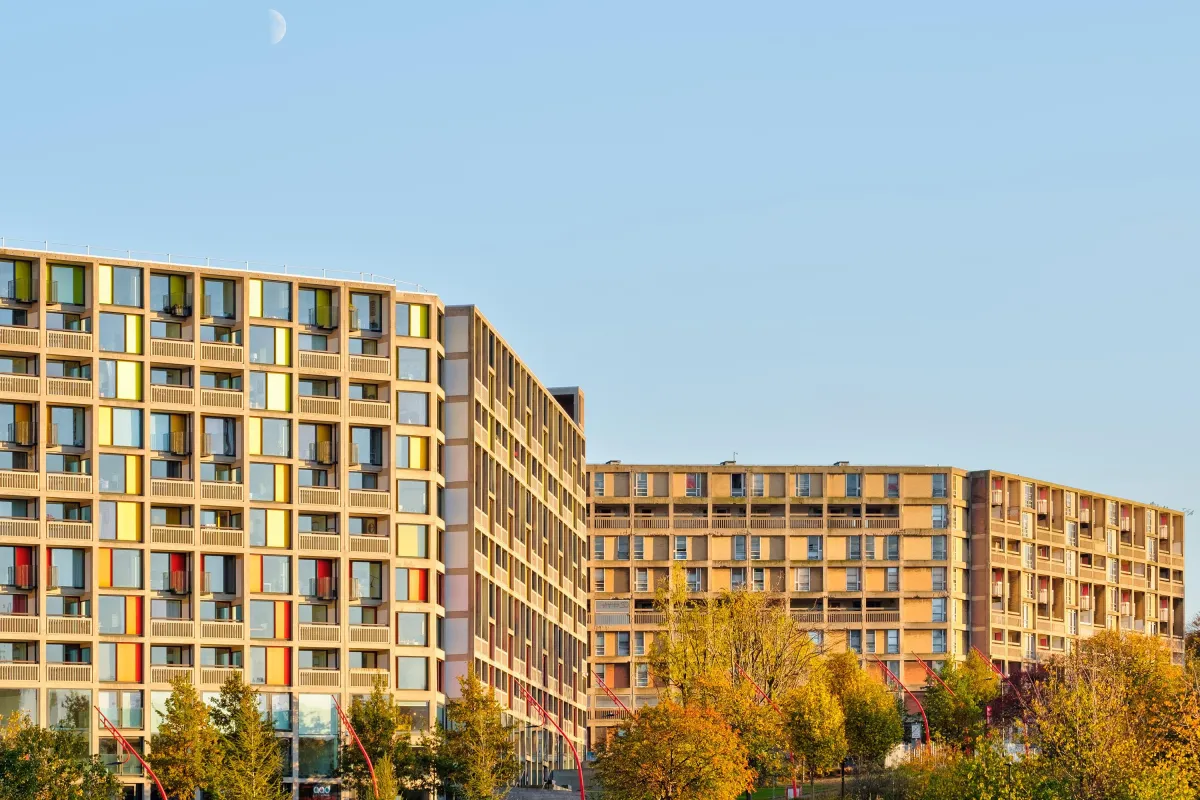How We Streamline Your SAP Compliance Journey
Only 3 steps to get your SAP rating
Our comprehensive SAP rating service utilises Building Research Establishment (BRE) approved software to deliver fully submittable certificates for building control. We specialise in Part L1A & L1B compliance through carbon dioxide emission rate calculations (TER vs DER), ensuring your projects meet all regulatory requirements.
Should your initial assessment fall short of compliance targets, we don't just deliver the news. We provide tailored recommendations and outline specifications to help you achieve compliance without extensive revisions. Our expertise becomes your resource for creating buildings that meet both regulatory standards and your project goals.
Step
1
Complete Form
Simply complete our form and let us take care of the rest...
Step
2
Submit Drawings
We use fully approved software which is submittable to bulding control...
Step
3
Accept Quotation
We use fully approved software which is submittable to bulding control...
Tips to Improve your SAP Rating
Better energy performance, lower emissions, and smoother Building Regs compliance

Improve Fabric Efficiency (Fabric First!)
Increase insulation levels in walls, roofs, and floors to reduce heat loss (aim for lower U-values than Part L minimums).
Use high-performance windows and doors (low U-values, low g-values if overheating is a concern).
Reduce thermal bridging by using Accredited Construction Details or custom psi-value modelling.
Better insulation = less heating demand = higher SAP score.
Use Airtight Construction
Design and build to high airtightness standards (aim for ≤ 5 m³/h·m² @ 50Pa — or better).
Avoid unnecessary gaps, service penetrations, and poorly sealed junctions.
Conduct air pressure testing to confirm performance.
Airtight buildings lose less heat and score better in SAP.
Select Efficient Heating and Hot Water Systems
Use modern condensing boilers, heat pumps, or district heating systems.
Incorporate smart controls (e.g. weather-compensated or zoned heating).
For electric systems, low-carbon electricity sources (e.g. solar PV + battery) help improve the score.
Efficient systems + clean energy = lower emissions and better SAP outcome.
Incorporate Renewable Energy Technologies
Solar PV panels significantly boost the SAP rating.
Consider solar thermal, heat pumps, or MVHR systems (Mechanical Ventilation with Heat Recovery).
Evaluate if a battery storage system fits your strategy.
On-site renewables cut grid reliance and improve CO₂ performance.
Minimise Energy for Lighting and Appliances
Specify 100% low-energy lighting (like LEDs).
Use daylighting strategies and efficient layout to reduce reliance on artificial lighting.
Lighting has a small but relevant SAP impact—easy win.


Manage Glazing Area and Orientation
Avoid large expanses of north-facing glass (heat loss risk).
Use solar control glass on south/west elevations to prevent overheating.
Glazing ratio should generally not exceed 25% of floor area unless justified.
Well-balanced glazing improves thermal comfort and efficiency.
Reduce Overheating Risk
SAP 10 includes an overheating risk assessment (linked to TM59).
Include shading, cross-ventilation, thermal mass, and night purging where possible.
Good design not only boosts SAP score but also protects occupant comfort.

Carver's Warehouse,
77 Dale Street,
Manchester, M1 2HG
Phone: +44 (0)161 434 3103
Mail: [email protected]
© Watt Energy & Consulting Engineers Limited | All rights reserved